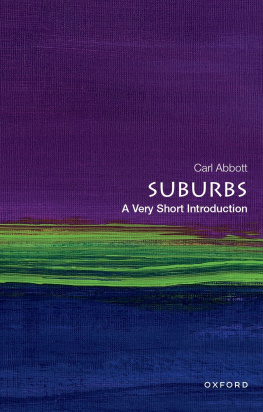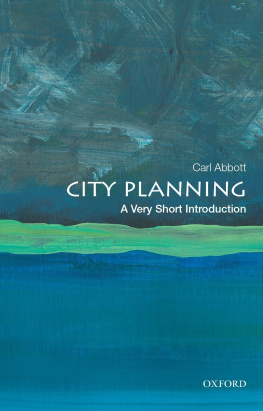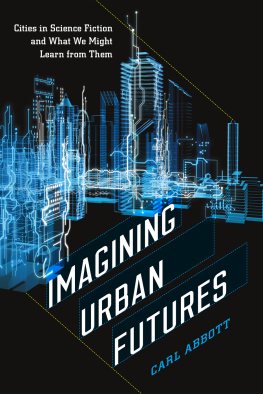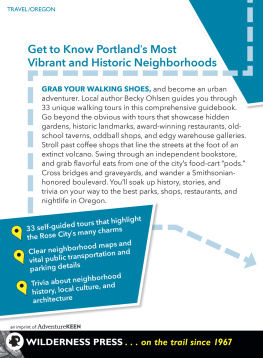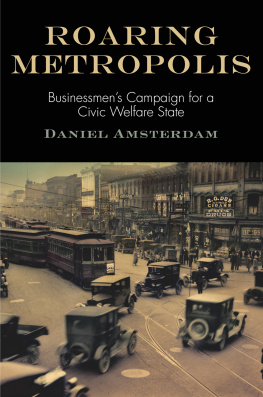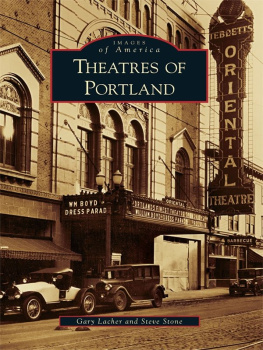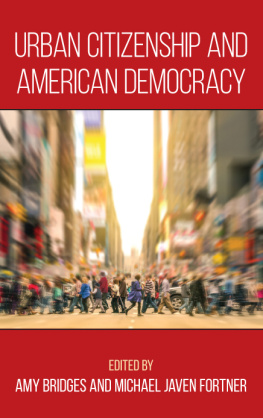Carl Abbott - Greater Portland: Urban Life and Landscape in the Pacific Northwest
Here you can read online Carl Abbott - Greater Portland: Urban Life and Landscape in the Pacific Northwest full text of the book (entire story) in english for free. Download pdf and epub, get meaning, cover and reviews about this ebook. year: 2001, publisher: University of Pennsylvania Press, genre: Politics. Description of the work, (preface) as well as reviews are available. Best literature library LitArk.com created for fans of good reading and offers a wide selection of genres:
Romance novel
Science fiction
Adventure
Detective
Science
History
Home and family
Prose
Art
Politics
Computer
Non-fiction
Religion
Business
Children
Humor
Choose a favorite category and find really read worthwhile books. Enjoy immersion in the world of imagination, feel the emotions of the characters or learn something new for yourself, make an fascinating discovery.

- Book:Greater Portland: Urban Life and Landscape in the Pacific Northwest
- Author:
- Publisher:University of Pennsylvania Press
- Genre:
- Year:2001
- Rating:3 / 5
- Favourites:Add to favourites
- Your mark:
Greater Portland: Urban Life and Landscape in the Pacific Northwest: summary, description and annotation
We offer to read an annotation, description, summary or preface (depends on what the author of the book "Greater Portland: Urban Life and Landscape in the Pacific Northwest" wrote himself). If you haven't found the necessary information about the book — write in the comments, we will try to find it.
Selected by Choice magazine as an Outstanding Academic Title
It has been called one of the nations most livable regions, ranked among the best managed cities in America, hailed as a top spot to work, and favored as a great place to do business, enjoy the arts, pursue outdoor recreation, and make ones home. Indeed, years of cooperative urban planning between developers and those interested in ecology and habitability have transformed Portland from a provincial western city into an exemplary American metropolis. Its thriving downtown, its strong neighborhoods, and its pioneering efforts at local management have brought a steady procession of journalists, scholars, and civic leaders to investigate the Portland style that values dialogue and consensus, treats politics as a civic duty, and assumes that it is possible to work toward public good.
Probing behind the press clippings, acclaimed urban historian Carl Abbott examines the character of contemporary Portlandits people, politics, and public lifeand the regions history and geography in order to discover how Portland has achieved its reputation as one of the most progressive and livable cities in the United States and to determine whether typical pressures of urban growth are pushing Portland back toward the national norm.
In Greater Portland, Abbott argues that the city cannot be understood without reference to its place. Its rivers, hills, and broader regional setting have shaped the economy and the cityscape. Portlanders are Oregonians, Northwesteners, Cascadians; they value their city as much for where it is as for what it is, and this powerful sense of place nurtures a distinctive civic culture. Tracing the ways in which Portlanders have talked and thought about their city, Abbott reveals the tensions between their diverse visions of the future and plans for development.
Most citizens of Portland desire a balance between continuity and change, one that supports urban progress but actively monitors its effects on the regions expansive green space and on the communitys culture. This strong civic participation in city planning and politics is what gives greater Portland its unique character, a positive setting for class integration, neighborhood revitalization, and civic values. The result, Abbott confirms, is a region whose unique initiatives remain a model of American urban planning.
Carl Abbott: author's other books
Who wrote Greater Portland: Urban Life and Landscape in the Pacific Northwest? Find out the surname, the name of the author of the book and a list of all author's works by series.

